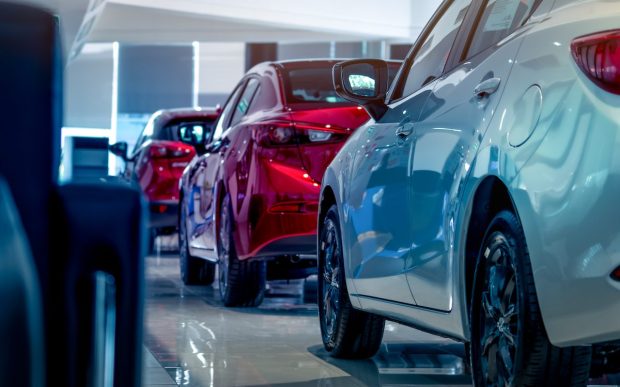Luxury Auto Sales Hit Record Despite High Rates and Prices

Luxury brands are thriving in the automotive world as they are in other retail categories.
Automotive luxury brands accounted for a record 19.6% share of the new vehicles sold in January, Kelley Blue Book said in a Monday (Feb. 13) press release.
“High loan rates and continued inflationary pressures appear to be hurting the lower part of the market, so automakers are more focused on luxury and higher-end models,” the vehicle valuation and information source said in the release.
Despite widespread macroeconomic pressures, luxury retailers and brands across product categories have remained resilient, with their sales results showing that the world’s wealthy have an appetite for luxury and the means on hand to buy it.
In the car world, high-end automaker Rolls-Royce reported in January that it enjoyed record sales in 2021 and 2022 and already has its order books filled far into 2023.
This trend in new car sales has raised concerns among banks, as car buyers’ debt load is increasing even as the price of used cars is decreasing. When car owners owe more than the vehicle is worth, that can create difficulties for both borrowers and lenders.
With the strong demand for high-end vehicles from consumers, luxury brands are still able to command a premium over manufacturer’s suggested retail price (MSRP) — although a smaller one than they did a year ago, according to the press release.
Across the automotive industry, consumers are paying a smaller premium over sticker price because the supply of new vehicles has been improving, the release said.
In January 2022, when new vehicle inventory levels were at historic lows, the average transaction price (ATP) was $900 more than the average MSRP. This year, with improved supply, the ATP has dipped to $310 above the average MSRP, per the release.
Among lower-end cars, there’s more pressure on prices. While incentives in the automotive industry remain low compared to their pre-pandemic levels, the most affordable vehicles had incentives above the current industry average, according to the release.
With incentives driving down prices, most non-luxury brands saw month-over-month declines in ATP, the release said.
For all PYMNTS retail coverage, subscribe to the daily Retail Newsletter.
